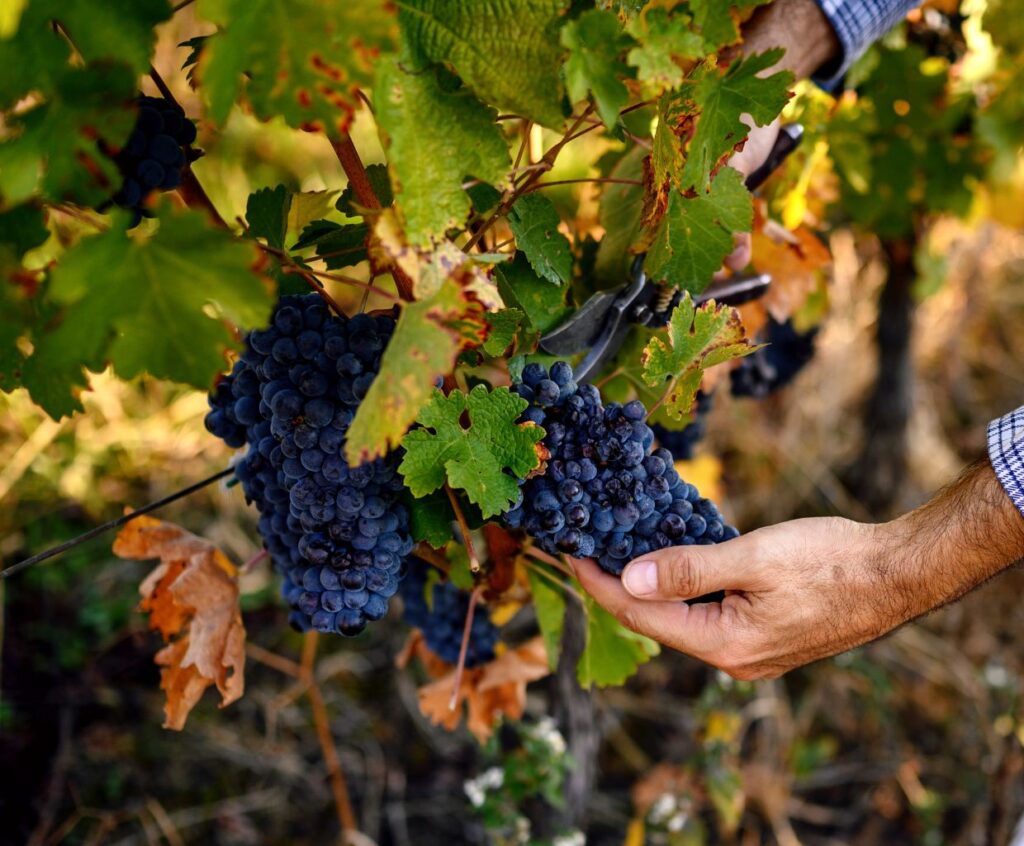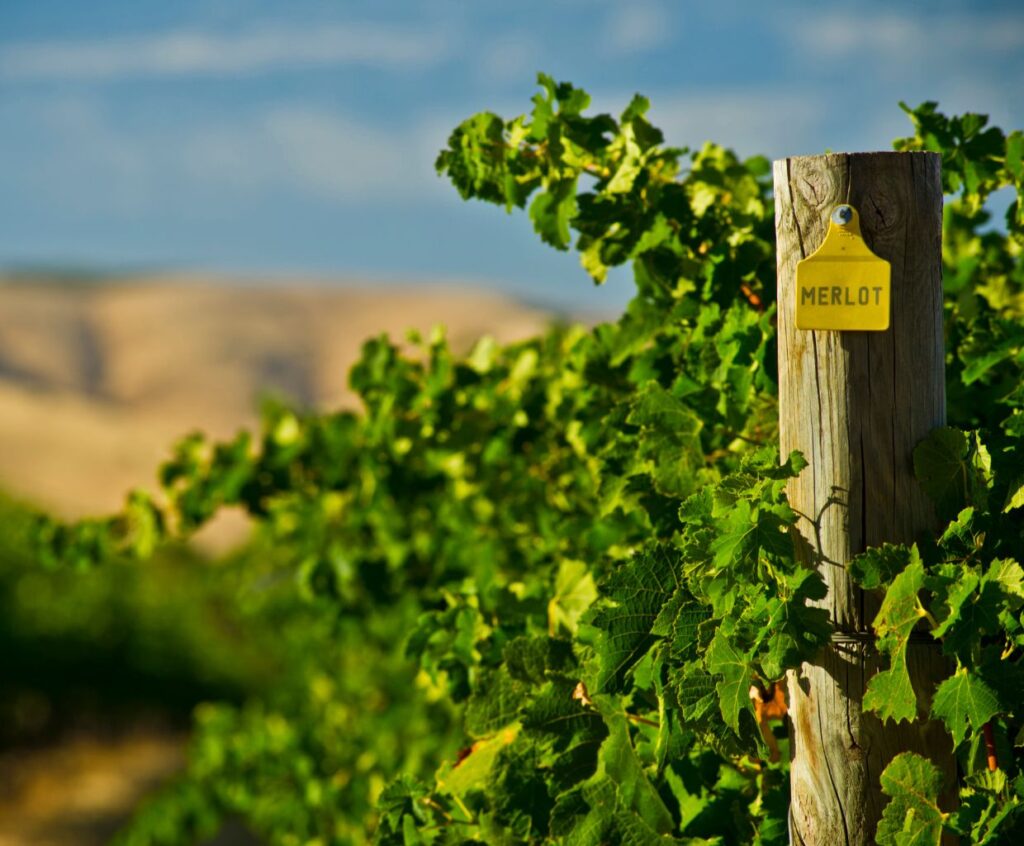Merlot Unveiled: Everything You Need to Know About this Versatile Red Wine
Merlot is a popular red wine grape variety that is widely grown around the world. It is known for its smoothness, versatility, and ability to produce high-quality wines.
Whether you are a wine enthusiast or just a casual drinker, learning about Merlot can enhance your appreciation for this delicious grape variety.
Origins and History
Merlot has roots in the Bordeaux region of France, where it has been cultivated for centuries. The name “Merlot” is derived from the French word for blackbird, referring to the grape’s dark blue color. It was traditionally used as a blending grape in Bordeaux wines, but its popularity as a standalone varietal has grown significantly.
Growing Regions
-
- Bordeaux, France
-
- Napa Valley, California
-
- Tuscany, Italy
-
- Chile
-
- Australia
Characteristics
-
- Flavor profile: Merlot wines often exhibit flavors of black cherry, plum, and chocolate, with a hint of herbaceousness.
-
- Tannins: Merlot generally has softer tannins than other red wines like Cabernet Sauvignon, making it smoother and more approachable, especially when young.
-
- Food pairing: Merlot pairs well with various dishes, including roasted meats, poultry, pasta, and soft cheeses.
Popular Merlot Wines
-
- Château Pétrus
-
- Duckhorn Vineyards Three Palms Vineyard
-
- Shafer Vineyards Merlot
-
- Stags’ Leap Winery Merlot
-
- Concha y Toro Marques de Casa Concha Merlot
How does the production process of Merlot differ from other red wines?
The production process of Merlot differs from other red wines in a few key ways. Here are some of the main differences:
1. Grape Variety: Merlot is made primarily from the Merlot grape variety, which has distinct characteristics and flavors. Other red wines like Cabernet Sauvignon or Pinot Noir are made from different grape varieties.
2. Harvesting: Merlot grapes are typically harvested earlier than other red wine varieties to balance sugar ripeness and acidity. This helps to preserve the fruity and soft characteristics of the wine.
3. Fermentation: The fermentation process for Merlot involves extracting color and tannins from the grape skins. However, compared to other red wines, the extraction process for Merlot is usually shorter, resulting in a softer and less tannic wine.
4. Aging: Merlot is often aged in oak barrels, which adds complexity and flavor to the wine. However, the duration of aging can vary depending on the winemaker’s preference. Some Merlots are aged shorter to preserve their fruity characteristics, while others may undergo longer aging for added depth and structure.
5. Blending: Merlot is often used as a blending grape in Bordeaux-style wines, where it is combined with other red grape varieties such as Cabernet Sauvignon or Cabernet Franc. This blending process helps to create a more balanced and complex wine.
Overall, the production process of Merlot is tailored to highlight its specific characteristics, resulting in a softer, fruit-forward, and approachable red wine compared to other varieties.
What are the ideal growing conditions and regions for cultivating high-quality Merlot grapes?
Merlot grapes thrive in specific growing conditions and regions that contribute to producing high-quality wines. Here are the ideal growing conditions and regions for cultivating Merlot grapes:
1. Climate: Merlot grapes prefer a moderate climate with warm summers and cool winters. The ideal temperature range for growing Merlot is between 57°F (14°C) and 68°F (20°C). This helps the grapes achieve optimal ripeness and develop complex flavors.
2. Sunlight: Merlot grapes require ample sunlight exposure to ensure proper ripening and sugar accumulation. Therefore, regions with long, sunny growing seasons are ideal for cultivating high-quality Merlot grapes.
3. Soil: Merlot grapes thrive in well-drained soils rich in clay and loam. These soil types provide good water retention and nutrient availability, promoting healthy vine growth and flavor development.
4. Altitude: Merlot grapes can grow at various altitudes, but the best quality grapes are often cultivated at higher elevations. Altitude helps to moderate temperatures, resulting in slower grape maturation, which allows for more flavor development and complexity.
5. Regions: Several regions worldwide are renowned for producing high-quality Merlot grapes. Some of the prominent regions include:
- Bordeaux, France: The Bordeaux region in France is famous for its Merlot-based blends, particularly in the appellations of Pomerol and Saint-Émilion.
- Napa Valley, California: Napa Valley is known for its exceptional Merlot wines, especially those from the Oakville and Carneros AVAs.
- Tuscany, Italy: Merlot is a significant grape variety in Tuscany, often blended with Sangiovese to produce renowned wines like Super Tuscans.
- Chile: Chilean wine regions such as Maipo Valley and Colchagua Valley have favorable climates for cultivating high-quality Merlot grapes.
- Australia: Coonawarra and Margaret River regions in Australia are known for producing excellent Merlot wines due to their suitable climate and soil conditions.
It is important to note that while these regions are known for producing high-quality Merlot grapes, the specific vineyard sites and winemaking practices within each region can also greatly influence the final wine quality.
What are the key characteristics and flavor profiles of Merlot wine?
Merlot is a red wine known for its smoothness, low tannins, and approachability. Here are some key characteristics and flavor profiles of Merlot wine:
1. Body: Merlot is typically medium-bodied, falling between lighter wines like Pinot Noir and fuller-bodied wines like Cabernet Sauvignon.
2. Tannins: Merlot generally has softer tannins than other red wines. This makes it more approachable and less astringent, resulting in a smoother mouthfeel.
3. Fruit flavors: Merlot often exhibits black cherry, plum, and blackberry flavors. These fruity notes can be both ripe and jammy, providing a pleasant sweetness.
4. Herbal notes: Merlot can also have hints of herbs and spices like mint, thyme, and oregano. These herbal aromas add complexity to the wine’s flavor profile.
5. Oak influence: Many Merlots are aged in oak barrels, adding flavors like vanilla, cedar, or mocha. The oak can also give the wine a slightly creamy texture.
6. Earthiness: Some Merlots may display earthy characteristics such as mushrooms, tobacco, or leather. These earthy notes can add depth and complexity to the wine.
7. Acidity: Merlot typically has moderate acidity, which helps balance the fruitiness and prevents the wine from being overly sweet.
Merlot is known for its smoothness, fruit-forwardness, and easy-drinking nature. It pairs well with various foods, including roasted meats, grilled vegetables, and soft cheeses.
Merlot Unveiled – Conclusion
Merlot is a versatile and enjoyable wine that has gained widespread popularity. Its smoothness, rich flavors, and food-friendly nature make it a favorite among wine lovers.
So, the next time you’re browsing the wine aisle or visiting a vineyard, consider grabbing a bottle of Merlot to experience its unique characteristics firsthand.





